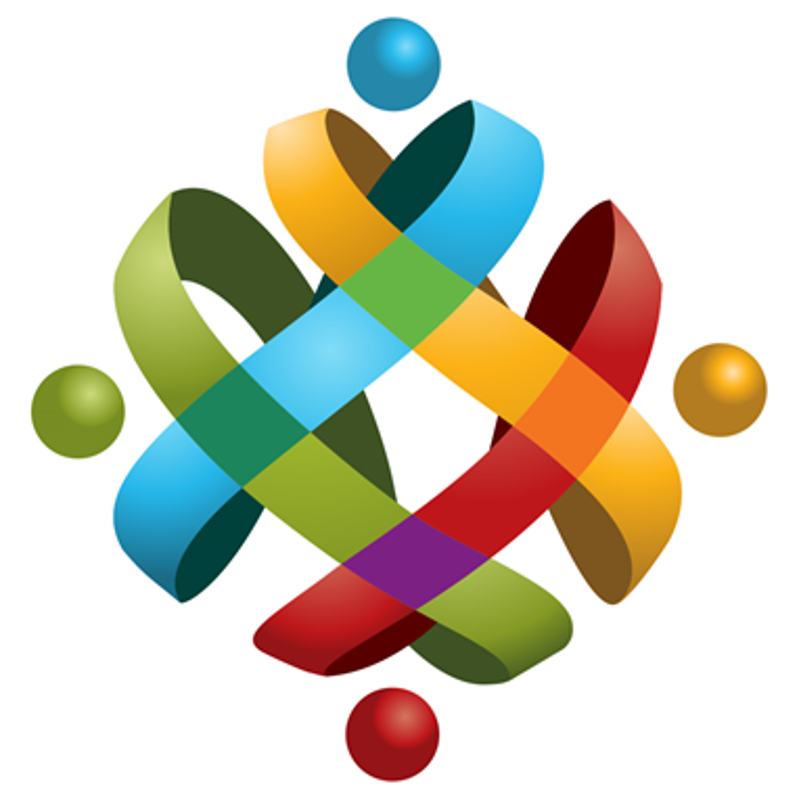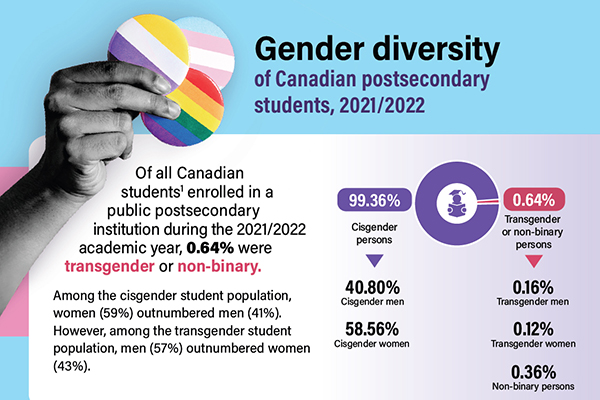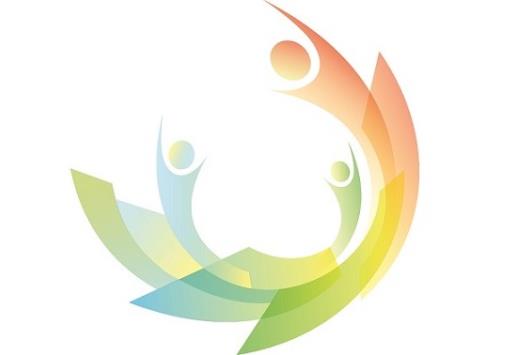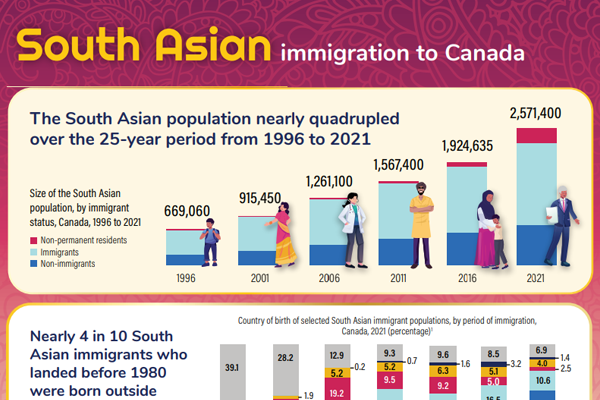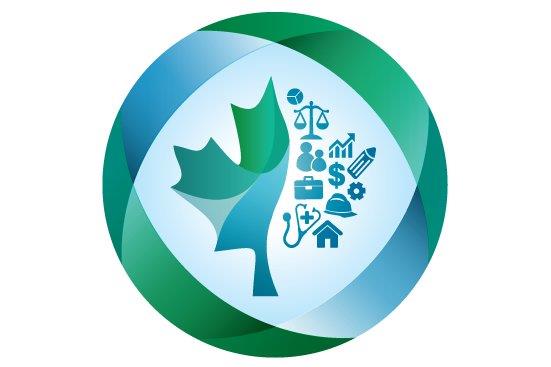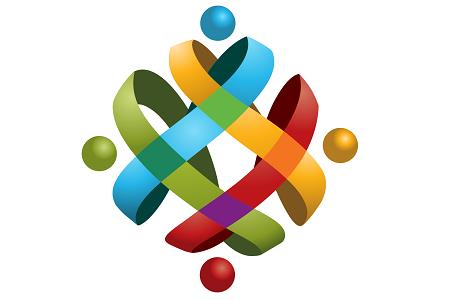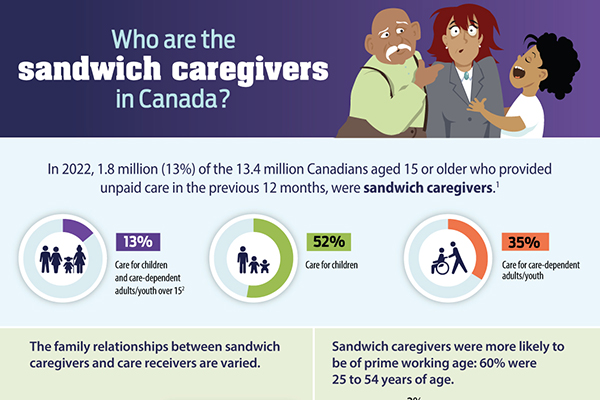Your input is important to us! Check out the new hub and let us know what you think: feedback form
About the data
What is disaggregated data?
Disaggregated data is the breakdown of large datasets into smaller segments such as gender, region, ethnicity or a combination of these to reveal underlying trends and differences between and within individual segments that may not be reflected in aggregated data. Disaggregated data can better inform our understanding of the experiences of diverse people. In other words, the more a dataset is disaggregated, the more it is representative of the characteristics of the individuals that comprise the dataset. Without intersectional disaggregated data, data users risk inferring information about individuals and subpopulations based on inferences about the larger group. Thus, disaggregated data is needed to provide a more accurate and nuanced picture of the Canadian population. Gender-Based Analysis Plus considerations should always be applied when disaggregating data.
Framework and standards
Framework: The Sustainable Development Goals (SDGs) are a universal call to action to end poverty, protect the planet and improve the lives and prospects of everyone, everywhere. The Canadian Indicator Framework for the SDGs encompasses the 17 goals to support Canada's domestic implementation of the SDGs.
Standards: Statistics Canada has many national statistical standards used for collecting and publishing more detailed data. For standards related to gender, diversity and inclusion please check out, Gender, diversity and inclusion standards. For standards related to sex, gender and sexual orientation please check out, Sex, gender, sexual orientation standards.
For more information on all our statistical standards, please visit the Standards, Data Sources, and Methods Hub.
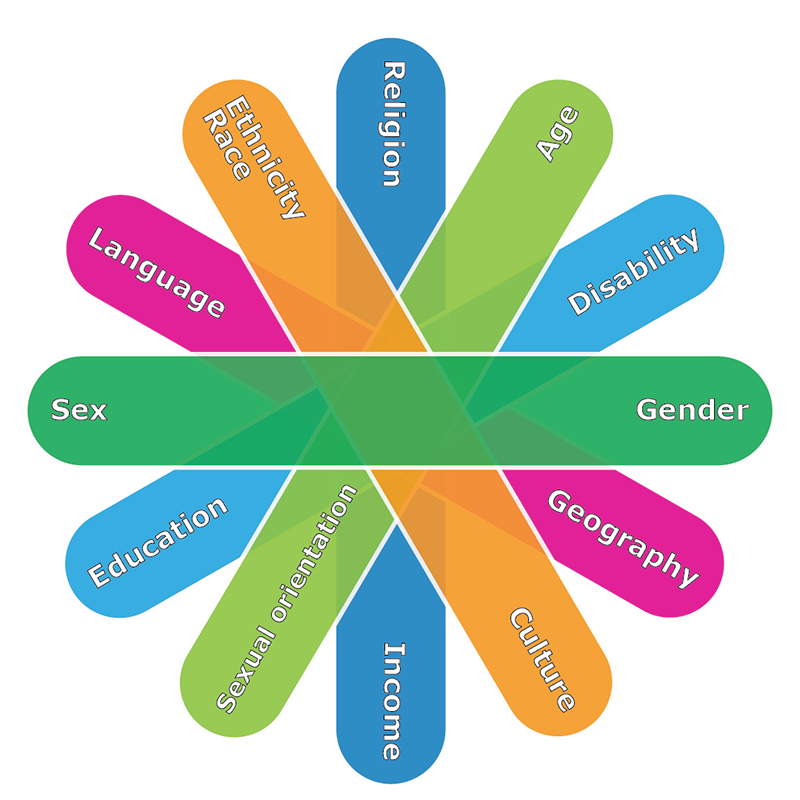
Description: Diversity Wheel
This figure illustrates some of the factors which can intersect with sex and gender. Six oblong shapes of differing colors overlap and fan out. Each oblong has two identity factors written on it. The top oblong has "sex and gender". Starting below sex and gender and going clockwise, the additional identities identified are: geography, culture, income, sexual orientation, education, language, race, ethnicity, religion, age and disability.
What's new
Consultations and engagement sessions informing a series of portraits on the six largest racialized groups in Canada are now complete. Statistics Canada thanks everyone who participated. The results of these consultations will help shape these portrait papers aiming to capture the diverse experiences of racialized groups, many of whom have intersectional identities. The first paper of this series, a portrait on the Black populations in Canada, is scheduled to be released this fall (2024).
Recent releases
Data Visualization Tool:
Canada's Transgender and Non-Binary Population
Explore data with our Canada's Transgender and Non-Binary Population: Data Visualization Tool by age for province, territories and Census Metropolitan Areas (CMAs) based on data from the 2021 Census of Population.


Infographics
These infographics provide a quick overview of gender, diversity and inclusion in Canada.
- Measuring disability in Canada
Release date: December 2, 2022 - Understanding Who We Are: Sex at Birth and Gender of People in Canada
Release date: September 14, 2022 - Gender-based Analysis Plus: Optimizing data disaggregation and analysis
Release date: November 27, 2023
Explore the data
Gender, Diversity and Inclusion Statistics Catalogue
The GDIS catalogue is a database that enables you to find data tables, publications, and data visualizations, but with a focus on disaggregated data and analytical products on gender, diversity and inclusion. You can filter the catalogue easily by population group or by searching using a keyword. For a wider variety of information and subjects check out the Statistics Canada Data page.
You can initiate a search from this page by using the search features below which will take you to the catalogue page with the results of your query pre-populated. You have two options for searching from this page; you can search by typing a keyword in the search bar and hitting the Enter key, or you can select one of the 7 links below the search bar (6 options for "population group" and 1 "Browse all" option). Once you are taken to the catalogue page, your search term will be displayed in the search bar under the "Phrase or keyword" heading, or the population group you chose will be checked in the dropdown for "Population groups". The search will notify you how many results are found and the number of pages. There are additional filters under the dropdowns "Identity factors and other" and "Type" that you can select to narrow your search. You can also sort the results chronologically or alphabetically by using the "Sort by" dropdown. You can use the "Results per page" drop-down to select how many results you would like presented before needing to skip to another page.

Search the GDIS catalogue
Browse by population group
Additional information
Social inclusion statistics for Canada's ethnocultural groups
Welcome to the Social Inclusion portal linked to Canada's Anti-Racism Strategy and the Centre for Gender, Diversity and Inclusion Statistics. This portal brings together key statistical information on the inclusion (or exclusion) of ethnocultural groups and immigrants in Canada.
More information on social inclusion indicators for Canada's ethnocultural groups
Analytical products on social inclusion
- Data visualization tools — Social inclusion indicators for Canada's ethnocultural groups
- Reference guide on social inclusion indicators for Canada's ethnocultural groups
- The Daily - Social inclusion statistics for Canada's ethnocultural groups: New Products!
- The Daily - Housing conditions among racialized groups: A brief overview
- The Daily - Portrait of the social, political and economic participation of racialized groups
Dissagregated Data Action Plan
The Disaggregated Data Action Plan Accomplishments Report 2022-2023: Building on a solid foundation showcases progress made in the second year of the plan's implementation to support more representative data collection and enhanced statistics on diverse populations. The Disaggregated Data Action Plan (DDAP) is a whole-of-government approach led by Statistics Canada to strengthen the government's efforts to address systemic racism and gender gaps, leading to better and more equitable decision-making for all Canadians. Statistics Canada collected, analyzed, and disseminated more disaggregated data than we ever did before to better understand all Canadians and to help every Canadian to reach their full potential.
For more information on the Disaggregated Data Action Plan and related initiatives, please visit the Disaggregated Data Action Plan page.
Engaging Canadians on the visible minority concept
Engagement Initiative Objectives
The visible minority concept is currently under review. Statistics Canada is committed to engaging with partners, stakeholders, ethnocultural groups, and the general public to identify the appropriate terminology and categories to describe the population and properly address data needs in health, education, justice, and employment equity.
These consultative engagements on the Visible Minority Concept were conducted virtually with stakeholders and partners, ethnocultural groups, non profit and nongovernment organizations and researchers.
Results
Consult and comment initial findings of the engagement initiatives here: Visible minority concept consultative engagement
Gender-based Analysis Plus (GBA Plus)
Gender-based Analysis Plus (GBA Plus) is an analytical tool used to support the development of responsive and inclusive policies, programs, and other initiatives. GBA Plus is a process for understanding who is impacted by the issue or opportunity being addressed by the initiative; identifying how the initiative could be tailored to meet diverse needs of the people most impacted; and anticipating and mitigating any barriers to accessing or benefitting from the initiative. GBA Plus is an intersectional analysis that goes beyond biological (sex) and socio-cultural (gender) differences to consider other factors, such as age, disability, education, ethnicity, economic status, geography (including rurality), language, race, religion, and sexual orientation.
For additional information and resources on GBA Plus, check out the following links:
Related hubs and portals
Visit other hubs and portals
Consult our subject specific hubs and portals for all the related data, analysis and reference resources. These pages contain information on topics important to the GDIS.
Feedback
What do you want to see on this page? Fill out our Feedback form to let us know.
Sign up to My StatCan to get updates in real-time.
- Date modified:
